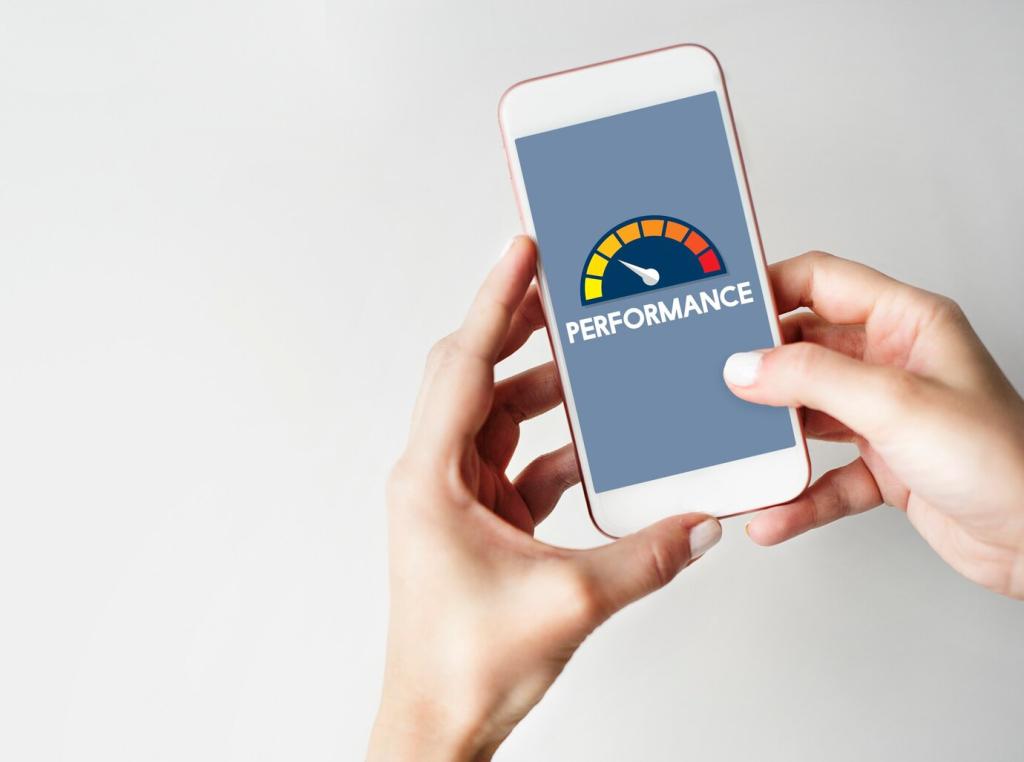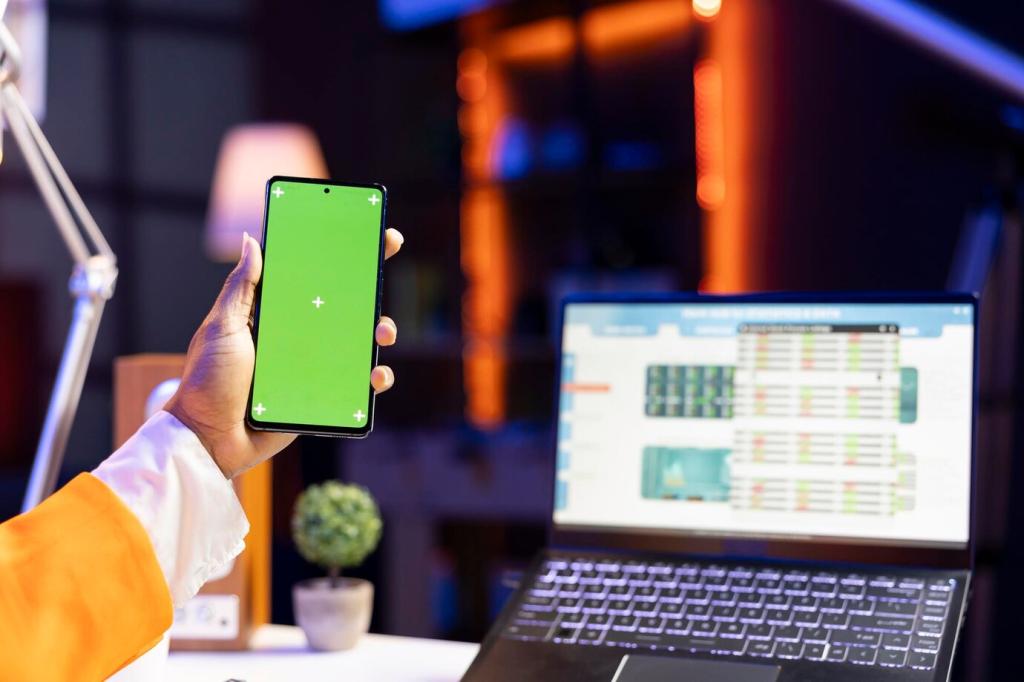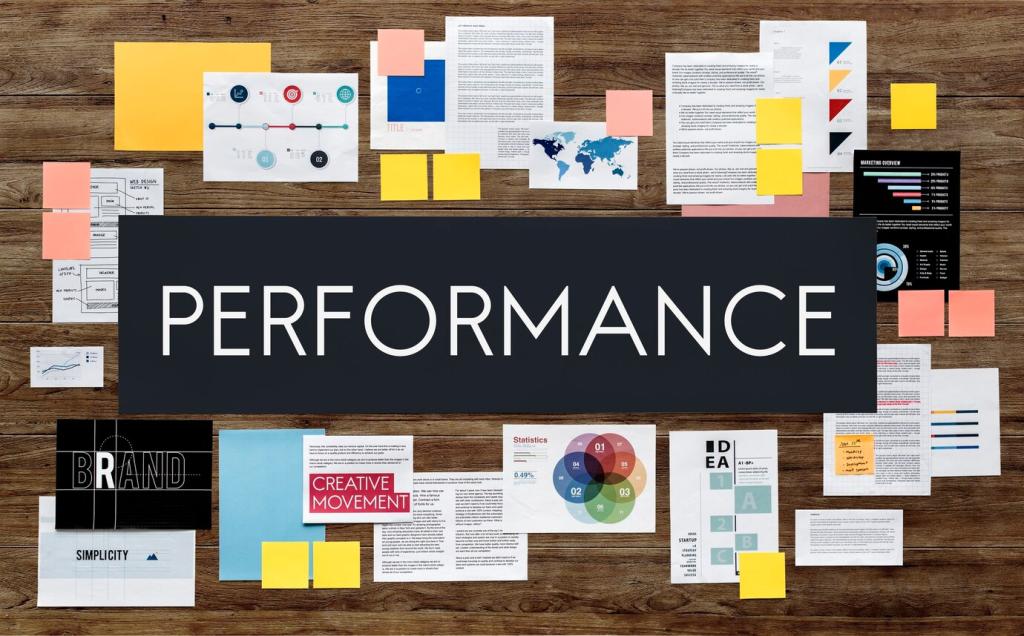
Improving Mobile App Responsiveness: Make Every Tap Feel Instant
Chosen theme: Improving Mobile App Responsiveness. Welcome to a friendly deep dive into the art of instant-feeling apps—where perception meets engineering, and every microsecond earns user trust. Read on, share your wins, and subscribe if faster feels are your thing.
What Responsiveness Really Means on Mobile
Users perceive under 100ms as instant, around one second as seamless flow, and past ten seconds as broken focus. This simple ladder guides priorities: make feedback immediate, keep interactions continuous, and never let silence stretch without reassurance.
What Responsiveness Really Means on Mobile
Use the RAIL model to target human comfort: respond to input within 100ms, animate at 16ms per frame, keep idle work in 50ms chunks, and load meaningful content fast. Budgets clarify trade-offs and align teams around practical, testable goals.
What Responsiveness Really Means on Mobile
Mobile sessions are brief, fragmented, and often online only part-time. Picture a commuter switching cells in a tunnel; responsiveness means progress indicators, resilient actions, and state continuity that respects life’s interruptions without losing user intent or momentum.

Track App Start Time for cold, warm, and hot starts, Interaction to Next Paint for taps, navigation transition latency, and long task counts. Percentiles reveal reality: P50 shows typical feel; P95 uncovers frustrating spikes that quietly erode trust.

On Android, use Studio Profiler, Perfetto, and Network Inspector; on iOS, Instruments’ Time Profiler and Core Animation. Simulate low-end CPUs, poor networks, and memory pressure. Repeat tests on 60Hz and 120Hz displays to catch jank in both worlds.

Instrument input latency, screen transition times, and error rates in production. Tag events with device class, network type, and battery state. Add a gentle in-app prompt—“Did this feel slow?”—to pair hard numbers with human perception and prioritize surgically.
Taming the Network Without Breaking the Flow
01
Cache smart with clear fallbacks
Adopt stale‑while‑revalidate so content appears instantly from disk while fresh data streams quietly. Use ETags and timestamps, prefetch on Wi‑Fi and charging, and pin essentials locally. Always show something meaningful instead of a spinner that says nothing.
02
Offline-first beats offline-only
Queue user actions locally, show optimistic results, then reconcile conflicts later. A rural clinic nurse logging visits should see progress saved, even with zero bars. Responsiveness means honoring intent immediately, then syncing truth when the air clears.
03
Lean payloads and adaptive media
Compress with Brotli or gzip, trim JSON, consider Protocol Buffers, and send deltas, not full snapshots. Serve WebP or AVIF images with resolution that fits the device and context. Try adaptive quality to keep motion smooth under rough conditions.
Smooth Rendering, Zero Jank
At 60Hz you get 16.7ms per frame; at 120Hz, just 8.3ms. Move heavy computation off the main thread, precompute layouts, and measure overdraw. Responsiveness is won by countless tiny savings that keep frames from missing their train.

Architecture, Threads, and State That Keep Up
Separation of concerns reduces latency
Adopt clear layers and a single source of truth so UI work stays cheap and predictable. Reactive streams help propagate results without blocking. Avoid unnecessary recompositions or invalidations by tracking granular state, not entire object forests.
Scheduling that serves humans, not threads
Debounce rapid taps, coalesce redundant fetches, and apply backpressure when data floods in. Prioritize visible work; defer the rest. Use coroutines, WorkManager, or Combine to cancel politely when screens disappear or context changes mid-flight.
Feature flags and progressive rollouts
Ship performance changes behind flags, measure impact with guardrails, and ramp gradually. If a tweak helps P95 but hurts battery on low-end devices, stop rollout fast. Share your rollout rules—others may borrow and improve them.
Design for Every Device and Ability

Low-end hardware, high expectations
Plan for slow storage, limited RAM, and modest GPUs. Keep bitmaps small, prefer vector assets, and lazy-load modules. Measure cold starts on budget devices, not just flagships, because most users never see your lab’s perfect conditions.

Accessibility amplifies perceived speed
Bigger tap targets reduce mis-taps that feel like lag. Announce state changes with voice and haptics so progress is unmistakable. Offer reduce-motion modes, prefer soft crossfades, and keep focus order logical so assistive tech never fights the flow.

Battery-aware responsiveness
Batch network calls to avoid radio thrash, coalesce timers, and use foreground services sparingly. Show progress without bright, power-hungry effects. A day-long battery is part of responsiveness—fast feels worthless if it dies before dinner.
